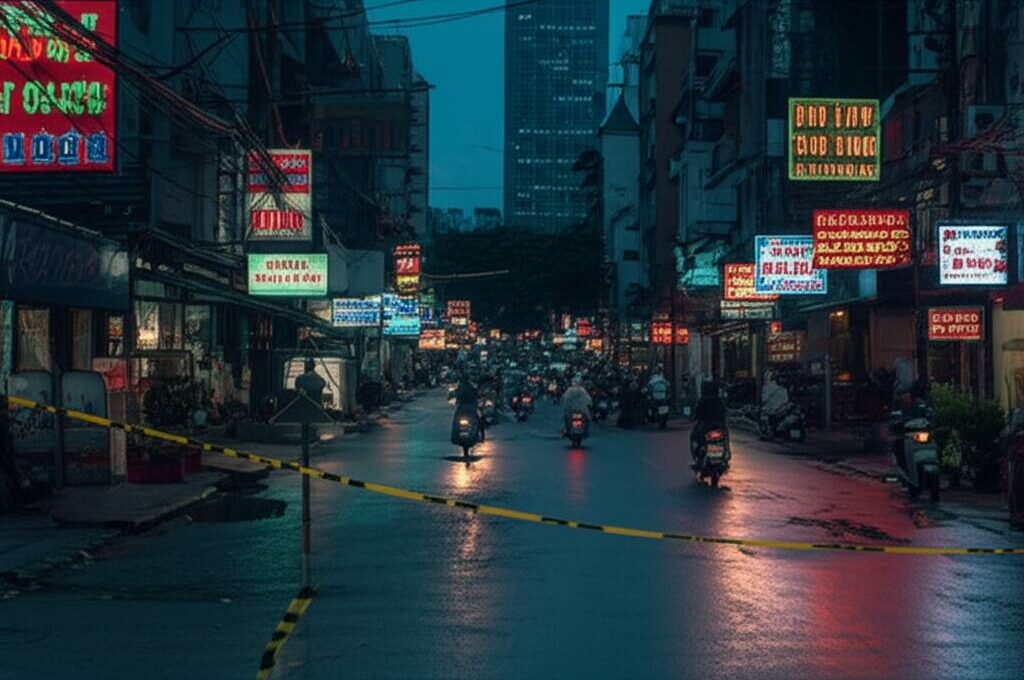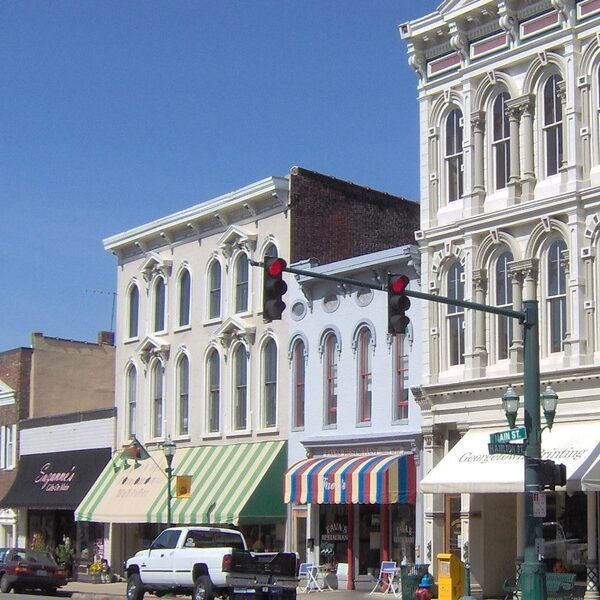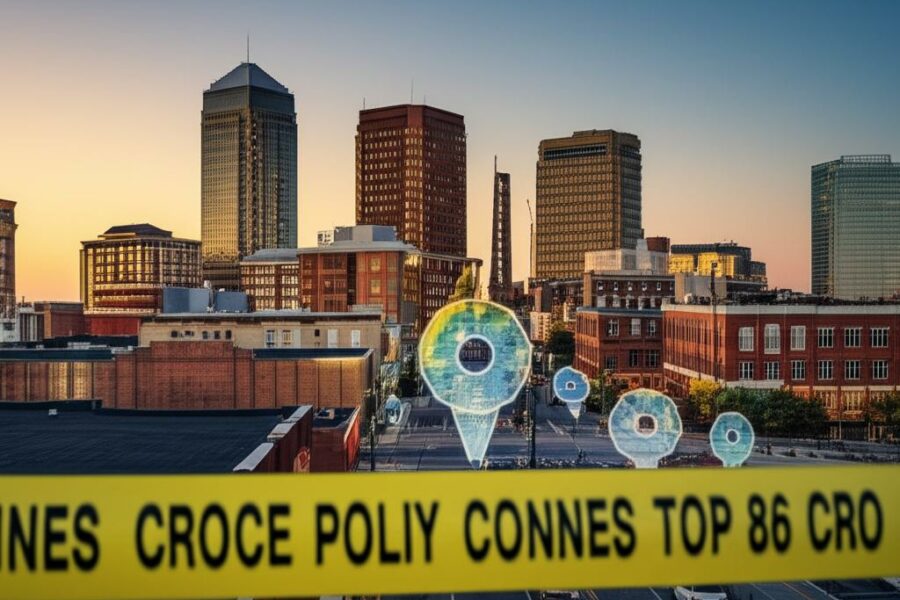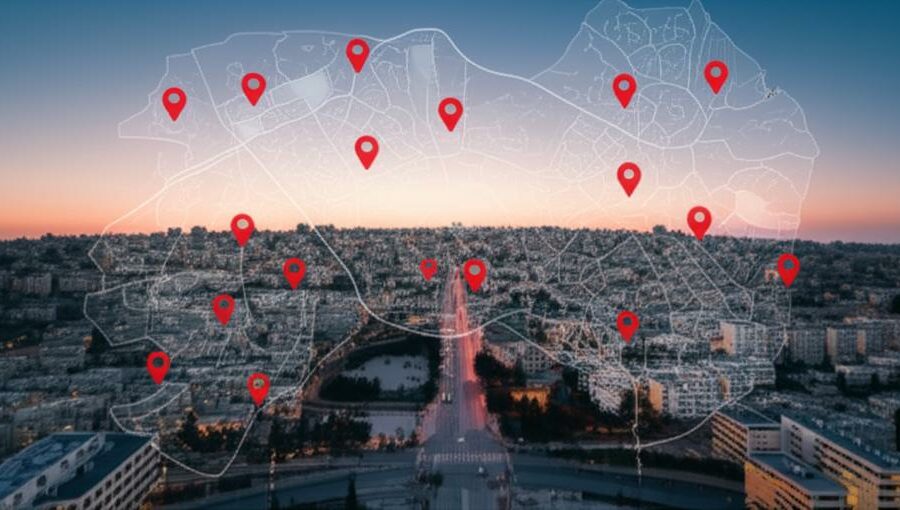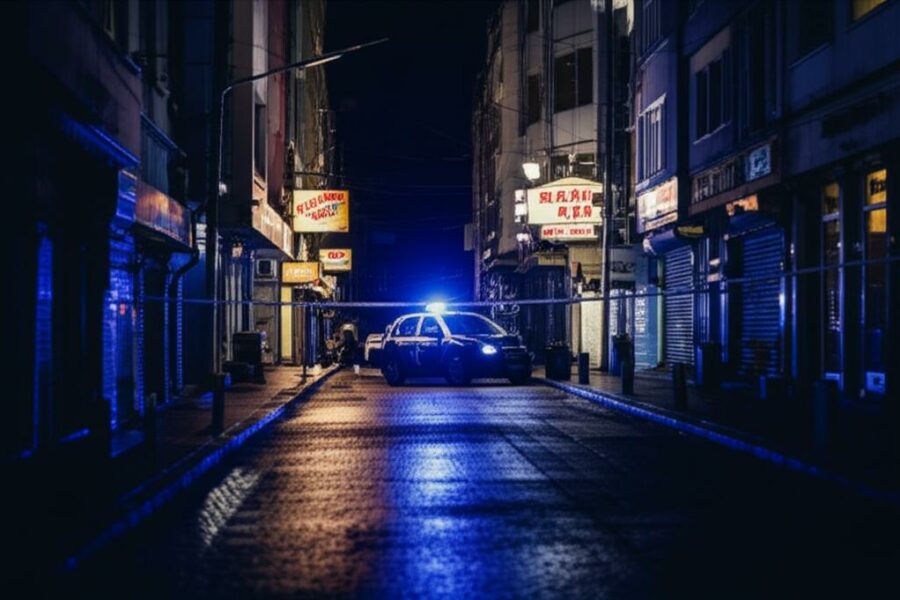Vietnam draws more than 20 million international visitors per year, yet many travelers and locals face petty crime, traffic-related injuries, and targeted scams in certain cities.
Urban density, tourism pressure, and varied local economies mean some places report higher incident counts than others. Large populations, informal transport (a lot of motorbikes), busy markets and waterfronts, and port or industrial activity all create more opportunities for theft, disputes, and traffic collisions.
This piece identifies a dozen places that regularly appear in safety reports and travel advisories, explains the main risks in each, and gives practical, evidence-based advice for residents and visitors. The list groups locations into three categories: major urban centers, tourist and coastal hubs, and industrial/transit towns so you can quickly find the guidance most relevant to your trip or neighborhood. Some sections include suggested statistics to check with local police or the Ministry of Public Security for the latest figures.
Urban centers: population, petty crime, and traffic
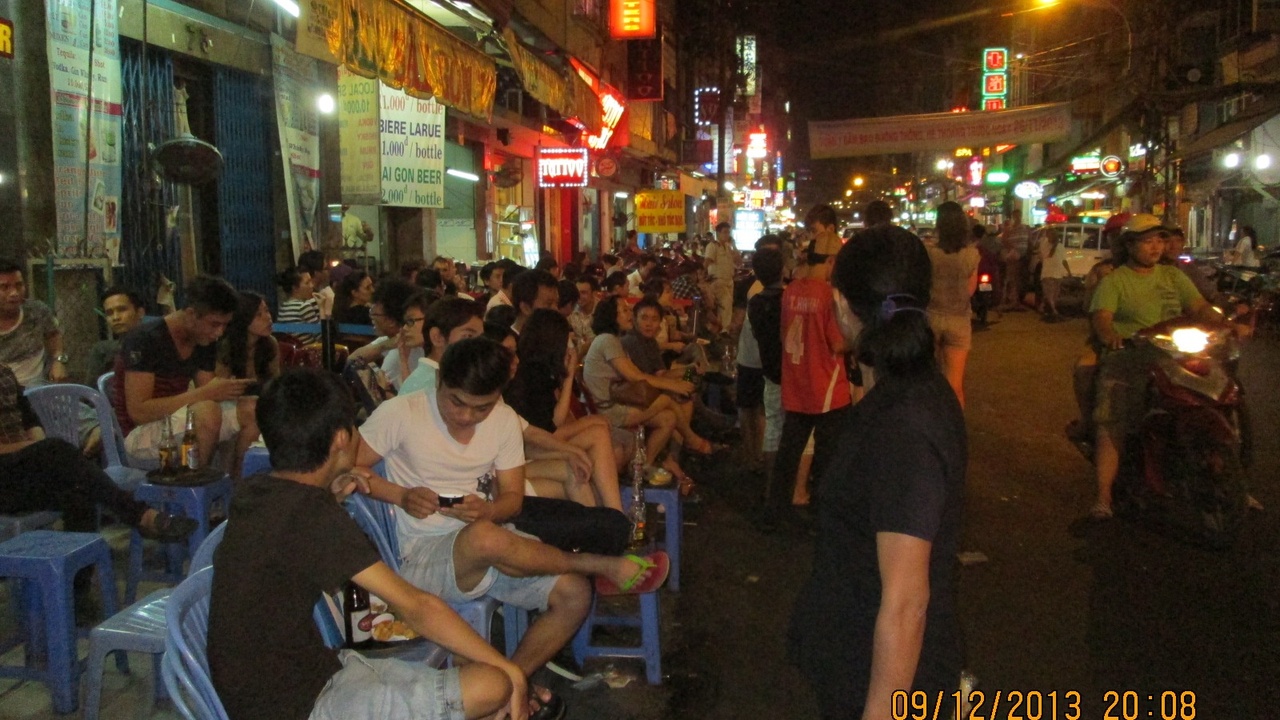
Large cities concentrate people and economic activity, and that concentration acts as a risk multiplier. Densely populated districts, informal transit networks, crowded wet markets, and late-night entertainment quarters tend to show higher counts of reported incidents even when per-capita crime rates vary.
Common incident types include pickpocketing and bag snatching in markets, motorbike theft and parts stripping near transit hubs, tourist-targeted scams, and a high number of traffic collisions and related injuries. For context, metropolitan populations run into the millions (Ho Chi Minh City and Hanoi are roughly in the 8–9 million range by recent estimates), and visitor flows further increase exposure during peak months.
Time of day and neighborhood matter: market areas and backpacker districts are busiest and therefore most attractive to opportunistic thieves, while poorly lit intersections, construction zones, and congested junctions see a disproportionate share of traffic incidents.
1. Ho Chi Minh City — high petty crime and traffic risks
Ho Chi Minh City (Saigon) is Vietnam’s largest city and, unsurprisingly, records the highest absolute counts of urban incidents because of its population and visitor density. The urban population is roughly 9 million (metro figures vary by source), which helps explain the scale of reported cases.
Frequent problems include pickpocketing and bag snatching in crowded spots like Ben Thanh Market, opportunistic theft in Pham Ngu Lao backpacker areas, and motorbike theft or parts stripping near bus and train stations. Traffic collisions are a persistent hazard; local traffic fatality rates and police reports provide quantifiable context (consult Ministry of Public Security or city traffic police for year-on-year numbers).
Daily life is affected in predictable ways: commuters lock helmets and park in guarded lots, shopkeepers install CCTV, and tourists avoid walking alone on unlit streets. For visitors, practical steps include using reputable taxi apps (Grab/taxis with meters), keeping valuables in a money belt or hotel safe, and locking helmets or small bags to the bike when parked.
If you ride a motorbike, wear a certified helmet, avoid weaving through heavy intersections at night, and keep photocopies of important documents separate from originals.
2. Hanoi — capital city risks: theft, scams, and traffic
Hanoi, the political and cultural capital, has similar urban pressures that create opportunity for petty crime and traffic incidents. Metro population figures are in the neighborhood of 7–8 million depending on boundaries, and the Old Quarter concentrates large numbers of sightseers each day.
Typical issues include pickpocketing near Hoan Kiem Lake and the Old Quarter, taxi or ride disputes, and tourist-targeted scams such as counterfeit ticketing or overcharged tours. Motorbike congestion and risky lane-splitting behavior contribute to collisions—consult local police trend reports for exact changes in reported thefts or traffic injuries.
Locals adapt with secured shopfronts and visible police patrols in high-tourist zones. Visitors reduce their risk by using hotel safes for passports and large sums, carrying photocopies of documents, preferring licensed guides or agency-arranged tickets, and confirming taxi rates or ride-hailing fares before starting the trip. Verify emergency numbers with your hotel on arrival.
3. Hai Phong — port-city challenges and theft
Hai Phong is a major northern port with substantial industrial and cargo traffic; population estimates place it in the low millions. Port activity brings transient workers, early-morning cargo handling and busy freight corridors that can concentrate opportunistic crime around docks and transit hubs.
Common incidents include motorcycle theft near docking areas, opportunistic pickpocketing in crowded markets, and occasional violent altercations in nightlife districts. For statistics, check provincial police reports that separate port-area incidents from general urban crime.
Travelers connecting through Hai Phong to Ha Long Bay or shipping terminals should use reputable port transfer services, avoid walking alone late in poorly lit harbour zones, and choose lodging close to the pier if arriving at odd hours.
4. Can Tho — Mekong Delta hub with opportunistic crime
Can Tho is the Mekong Delta’s largest city and an important river-transport hub, drawing commerce and tourist traffic to floating markets and ferry terminals. Population is several hundred thousand in the city proper, with a much larger delta hinterland.
Petty theft in markets, luggage theft on riverboats, and targeted scams around popular floating markets such as Cai Rang are the most common complaints. Crowded boats and constant loading and unloading of goods create opportunities for unattended bags to be taken.
Mitigation steps include watching belongings closely on boats, using lockable travel bags for river crossings, registering arrival details with your hotel, and avoiding leaving electronics unattended while sampling markets or taking photos.
Tourist hubs and coastal cities: theft, scams, and water safety
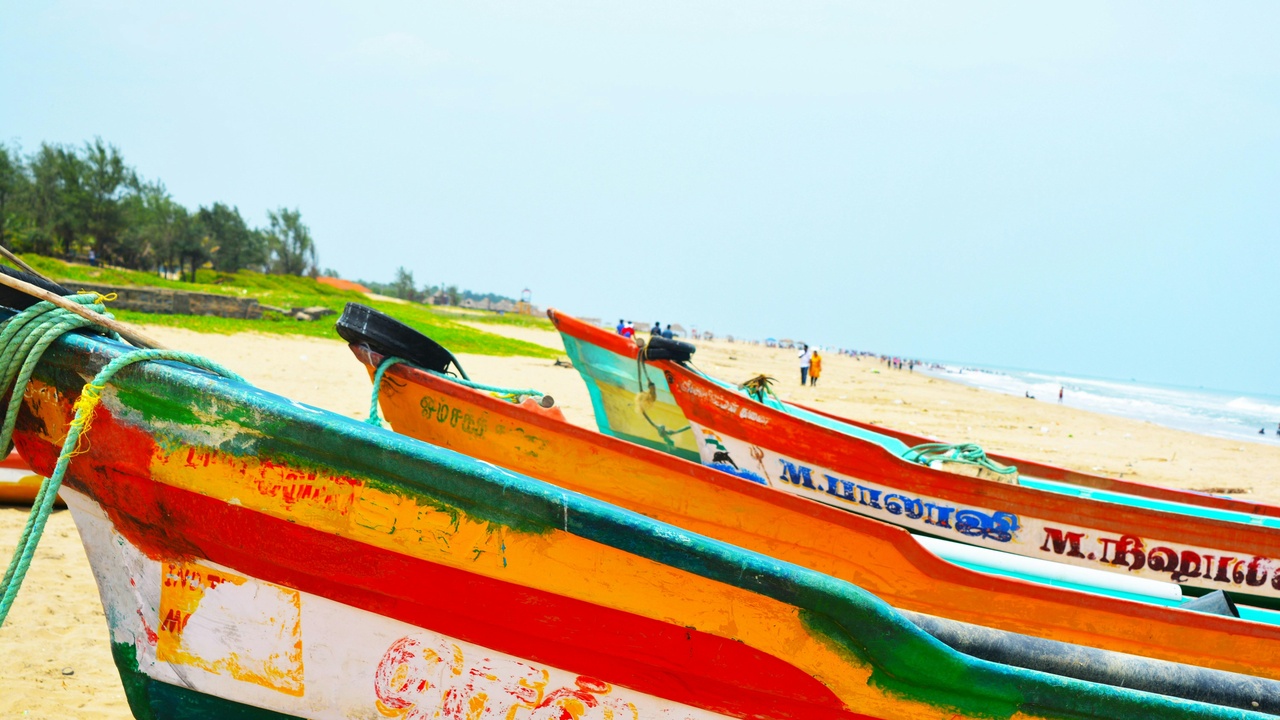
Coastal tourism concentrates risk in predictable ways: crowded beaches, bars and nightlife zones, water-activity incidents, and scams aimed at foreign visitors. Tourist complaint data often shows seasonal spikes during holidays when beaches and piers are busiest.
While violent crime remains relatively uncommon in many resorts, opportunistic theft, unlicensed tour operators, and water-safety lapses (overcrowded boats, lack of lifejackets) are frequent and damage both safety and visitor confidence.
When planning activities, check operator certifications, ask about safety equipment, and consider peak-season timing if you want to avoid the largest crowds.
5. Nha Trang — beach thefts, scams, and nightlife risks
Nha Trang is a major beach destination with concentrated tourist activity, especially during summer and Tet holidays. Peak visitor numbers can double local daytime populations in beachfront areas, increasing opportunities for theft from towels, unattended bags and day lockers.
Tourist-targeted scams include jet-ski disputes where operators allege damage after a rental (and demand high fees), as well as late-night bar-related pickpocketing. Photographing the condition of rented equipment and getting written receipts are practical safeguards.
Use hotel safes for passports and large amounts of cash, choose licensed water-sport operators, and avoid walking alone along poorly lit stretches after dark. If you do rent a jet-ski, walk through a condition report (photos and signatures) before accepting responsibility.
6. Da Nang — busy port-of-call with traffic and petty crime
Da Nang has grown rapidly as a central Vietnam hub and cruise/air port-of-call. Population growth and construction create transient zones, unlit sites and temporary worker housing that can be less secure at night.
Frequent concerns include motorbike theft, vehicle collisions during busy transfer times, and occasional robberies in lesser-trafficked neighborhoods. Airport-to-city transfers and train/bus station areas deserve extra caution, particularly with luggage left visible.
Pre-book reliable transport where possible, confirm vehicle details and driver identity for arranged pickups, secure valuables while in transit, and avoid poorly lit construction or newly developed areas after dark.
7. Ha Long (Quang Ninh) — boat safety and tourist scams
Ha Long Bay’s World Heritage status draws large day-trip and overnight-boat volumes, and the seaborne nature of tourism concentrates boat-safety and pier-area risks. Visitor peaks can create overcrowded vessels and rushed boarding procedures.
Common problems include insufficient lifejackets on smaller operators, theft from cabins or decks, and overpriced island-transfer offers at piers. Ask to see operator certificates, check vessel condition, insist on lifejackets and written pricing, and keep passports in the hotel safe rather than on board.
When booking, prefer companies with clear reviews, visible safety checks, and transparent cancellation and refund policies to avoid price disputes at the dock.
8. Hue — tourist zones with targeted scams and isolated-area risks
Hue concentrates visitors along heritage corridors such as the Imperial City and riverside piers. Concentrated foot traffic makes a few sites hotspots for pickpocketing and souvenir overcharging, especially where informal sellers cluster.
Independent travelers may face more exposure to small scams, while guided groups benefit from official tickets and a local point of contact. Verify ticket prices at official counters, use licensed guides, and avoid leaving valuables visible in parked vehicles while visiting outlying monuments.
If you take river trips, check vessel condition and crew credentials, and arrange pick-ups through your accommodation where possible.
Industrial, border and transit towns: different risk profile
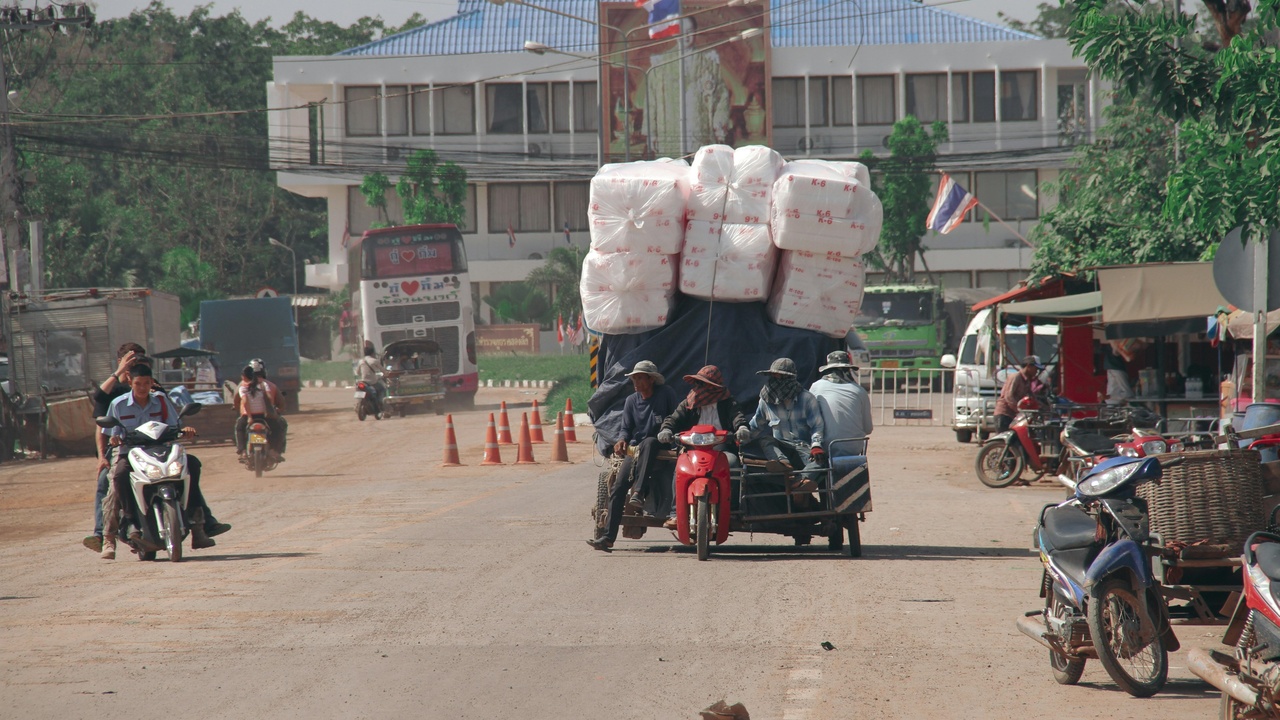
Towns shaped by industry, ports, and border crossings present distinct safety concerns. Transient workforces, informal night economies, and local smuggling routes can increase petty crime in some neighborhoods while tourist infrastructure remains limited.
Violent crime is generally uncommon across Vietnam, but certain districts and times—shift changes, late-night bars, or poorly lit transit stations—present higher risks for robbery or confrontations. Planning routes, choosing secure lodging and vetting contacts helps reduce exposure.
Consult provincial advisories and employer guidance if you work in industrial zones, and treat border towns with added caution around unofficial crossings and informal markets.
9. Vung Tau — port and nightlife-related incidents
Vung Tau serves as a weekend port and beach destination for Ho Chi Minh City residents, producing large visitor surges on Fridays and weekends. Nightlife concentrations and crowded ferries make pickpocketing and drink-related confrontations more common.
Day-trippers and local workers face different risks: ferry passengers should watch belongings during boarding, while nightlife patrons should monitor drinks and stay in groups. Boat safety matters on local ferries and private transfers—use established carriers and confirm schedules.
Avoid isolated beaches at night, lock valuables in hotel safes, and take official ferries or licensed boat operators for transfers to offshore spots.
10. Bien Hoa — industrial zone tensions and opportunistic crime
Bien Hoa in Dong Nai province is a major industrial satellite of Ho Chi Minh City with many factories and a large transient workforce. Shift changes and crowded commuter nodes can attract opportunistic theft and occasional altercations in nightlife spots.
Risks for workers include vehicle break-ins and theft of tools or parts; delivery drivers and travelers passing through should secure parked vehicles and avoid informal late-night gatherings near industrial zones. Employers commonly provide secure parking and shuttle services—use them when available.
Commuters should carry minimal valuables, use guarded parking, and avoid isolated walking routes after dark where lighting and foot traffic are low.
11. Phan Thiet / Mui Ne — tourist-strip scams and seasonal risks
Phan Thiet and Mui Ne are seasonal resort strips that have seen rapid tourism investment. Visitor surges bring recurring reports of taxi overcharging, scooter rental disputes, and isolated-bar incidents where patrons report being pressured for money.
To reduce risk, use meter taxis or app-based rides where available, travel in groups at night, photograph scooter condition before renting, get written rental agreements, and keep the contact details of local authorities or your hotel handy in case of disputes.
If a driver or operator pressures you for extra payment, ask for a receipt, contact your accommodation, or relocate to a public, well-lit area while you seek assistance.
12. Buon Ma Thuot — Central Highlands transit and isolated-area concerns
Buon Ma Thuot in the Central Highlands is a regional transit hub for rural routes, and its safety dynamics differ from coastal and mega-cities. Isolated roads, overnight bus journeys and limited night services are the main concerns.
There are occasional reports of robberies on isolated stretches, luggage theft from buses, and slow emergency response times in rural outskirts. Travelers moving between provinces can be exposed during overnight trips if buses allow access to luggage compartments during stops.
Book daytime travel where possible, choose reputable interprovincial bus companies that secure luggage, keep electronics close at hand, and avoid displaying expensive items on remote routes. If traveling overnight, inform your accommodation of arrival times so someone can meet you at the station.
Summary
- Most incidents are opportunistic and avoidable: secure bags, use hotel safes, and limit what you carry in crowded areas.
- Transport safety is a leading risk across city types—expect motorbike congestion, risky intersections, and the need to vet transfers and boat operators.
- Tourist seasons and industrial hubs create predictable spikes in petty crime and disputes; plan around peak days and prefer licensed services.
- When checking local information, search for the most dangerous cities in vietnam or consult Ministry of Public Security statistics and provincial advisories to get current, area-specific data.
- Practical checklist: use licensed transfers, photograph rental equipment, keep copies of documents, register long stays with your embassy, and have emergency numbers saved before you travel.

